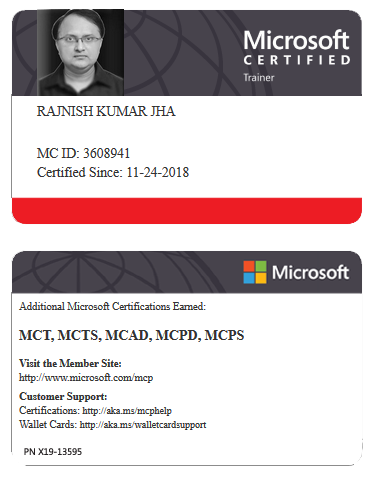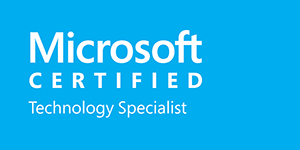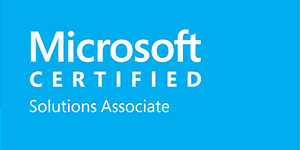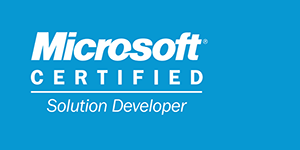Exploring Fork Workflow in GitHub
The Fork Workflow is commonly used in open-source projects or when collaborating across different repositories. It enables contributors to make changes in a separate forked repository, ensuring that changes can be reviewed and merged into the main repository by the project maintainers.
Fork Workflow Overview
Fork: A contributor creates a fork of the main repository to their own GitHub account.
Feature Branch: The contributor works on a feature or bug fix in their forked repository.
Pull Request (PR): The contributor opens a PR from their fork to the main repository.
Review & Merge: The project maintainers review the PR and merge it into the main repository.
Step-by-Step Fork Workflow
1. Fork the Repository
Navigate to the repository you want to contribute to.
Click the Fork button in the top-right corner of the repository:
This creates a personal fork of the repository in your GitHub account.
2. Clone Your Forked Repository
Clone the forked repository to your local machine:
xxxxxxxxxx21git clone https://github.com/your-username/repository-name.git2cd repository-name3. Create a Feature Branch
Create a new branch for your feature or bug fix:
xxxxxxxxxx11git checkout -b feature/your-feature-name4. Make Changes
Perform your development work (e.g., add a new feature, fix bugs).
Stage and commit your changes:
xxxxxxxxxx21git add .2git commit -m "Add your feature or fix"5. Push Changes to Your Fork
Push your changes to your forked repository:
xxxxxxxxxx11git push origin feature/your-feature-name6. Open a Pull Request
Navigate to your forked repository on GitHub.
Select the branch where you made changes (e.g.,
feature/your-feature-name).Click the New Pull Request button.
Compare your feature branch with the
mainbranch of the original repository.Write a description for your PR, explaining what changes were made.
Click Create Pull Request.
7. Review and Merge
Team members or maintainers review the PR:
They may leave comments or approve the changes.
Once approved, the PR is merged into the
mainbranch of the original repository.
8. Sync with Main Repository
After merging, you can synchronize your fork with the main repository:
xxxxxxxxxx51git remote add upstream https://github.com/original-repository/repository-name.git2git fetch upstream3git checkout main4git merge upstream/main5git push origin mainExample Workflow
xxxxxxxxxx241# Step 1: Fork the repository2git clone https://github.com/your-username/repository-name.git3cd repository-name4
5# Step 2: Create a new feature branch6git checkout -b feature/add-new-feature7
8# Step 3: Make changes9echo "New feature implementation" > new-feature.js10git add new-feature.js11git commit -m "Add new feature"12
13# Step 4: Push changes to forked repository14git push origin feature/add-new-feature15
16# Step 5: Open a Pull Request17# On GitHub, create a PR from feature/add-new-feature to main.18
19# Step 6: Sync with main repository after merge20git remote add upstream https://github.com/original-repository/repository-name.git21git fetch upstream22git checkout main23git merge upstream/main24git push origin mainAdvantages of Fork Workflow
Collaborative and Scalable: Enables multiple contributors to work on the same project without interfering with each other.
Review & Validation: PRs ensure thorough review before merging changes into the main repository.
Version Control: Contributors can freely experiment and improve their code before contributing to the main repository.
Challenges
Synchronization: Contributors need to frequently sync their forks with the main repository.
Conflicts: Managing conflicts between a forked repository and the main repository can be challenging.
Use Cases for Fork Workflow
Open Source Contributions: Allows anyone to contribute to a project without direct write access to the main repository.
Collaborations Across Teams: Enables external contributors to work on a repository without needing admin access.






















Leave a Reply